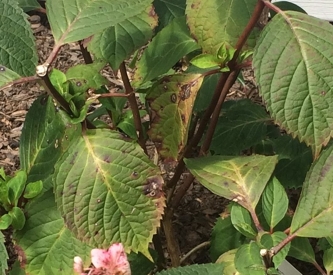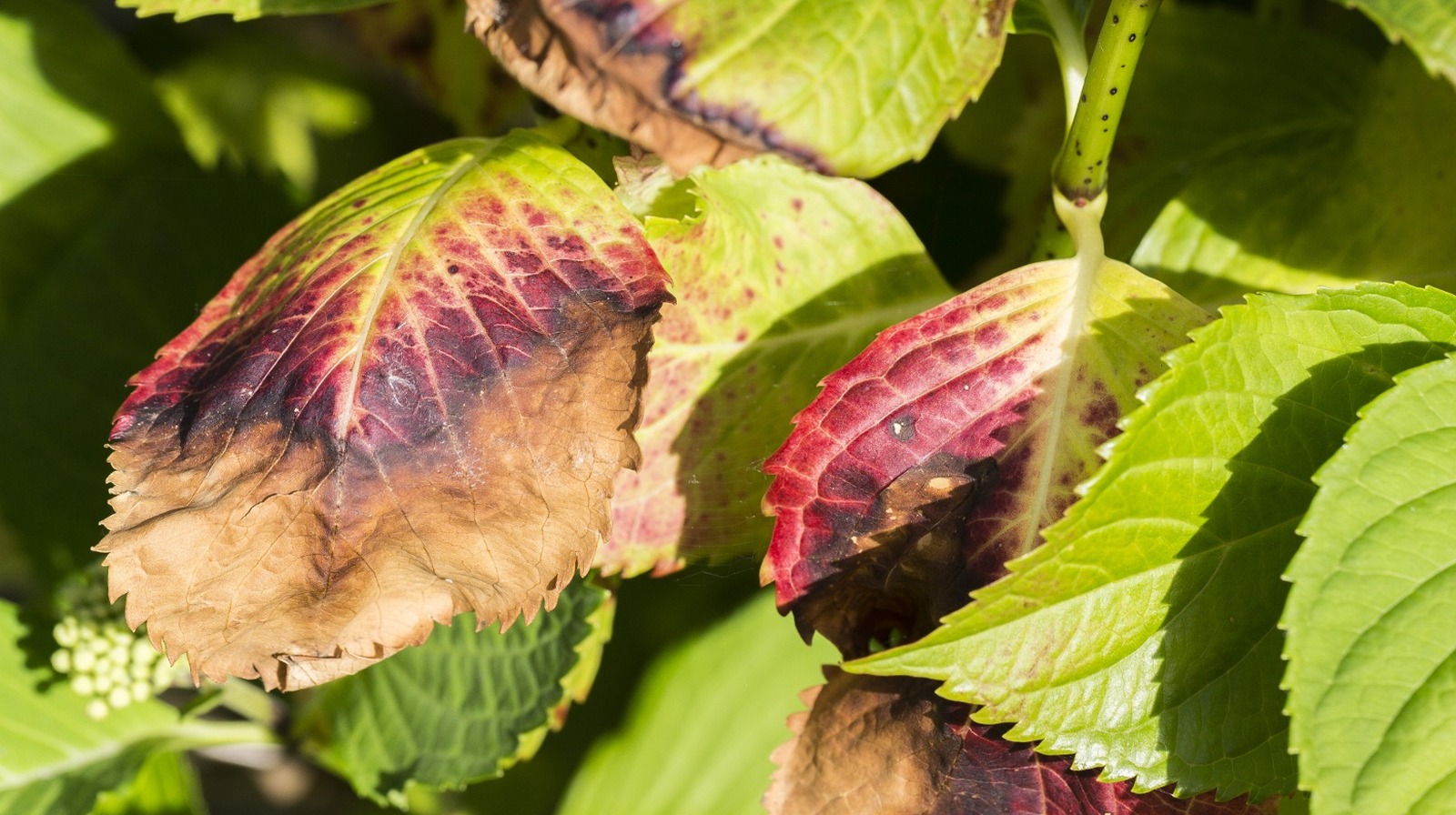The Best Strategy To Use For Hydrangea Leaves Turning Yellow
Table of ContentsWhat Does Hydrangea Leaves Turning Yellow Do?Hydrangea Leaves Turning Yellow for DummiesHydrangea Leaves Turning Yellow for BeginnersThe Main Principles Of Hydrangea Leaves Turning Yellow Top Guidelines Of Hydrangea Leaves Turning Yellow
As you seen in the section over this can be brought on by underwatering. Nonetheless, overwatering can likewise create dehydration, as counterintuitive and weird as that may seem (Hydrangea Leaves Turning Yellow). Overwatering can choke off oxygen to the origins, which your houseplant needs to survive. The wet water-soaked dirt will likewise indicate plant roots will begin to pass away as root rot holds.Therefore the plant comes to be dried although it is being in a wealth of water. Rotting origins will certainly turn slick and black with a mushy texture and a decaying smell. The fallen leaves of your hydrangea could fall off, and the ones that are still connected will be yellowed or brown and be mushy at the stem.

Without your treatment, those leaves will swiftly transform brownish, then black as they burn. Where you put your hydrangea matters a whole lot if you want your plants to preserve its full deepness of color and have appealingly environment-friendly leaves. SIf your hydrangea is an interior plant in your house after that you will likely have an option of 4 home window directions: north, southern, eastern, and west.
Hydrangea Leaves Turning Yellow - The Facts
Hydrangea obtaining good light, Straight sunshine for hydrangeas is proper in the early morning. As soon as the afternoon sun strengthens, the straight light is too scorching, so provide indirect light to partial color. Dappled shade is an additional choice. Permit me to describe some of these "light" terms. Straight light is the kind of light a plant gets when it sits directly in the sunlight.
Spotted shade means your hydrangeas have above cover, such as a bigger tree or plant. The sun comes via directly, yet the cover of the bigger plant allows the sunshine in only occasionally via the openings in the branches or leaves. Hydrangeas can expand in straight sun as long as they are well watered a sprinkled often.
Photosynthesis, as we all understand, is vital for plant survival, so chlorosis requirements to be dealt with rapidly. Hydrangea Leaves Turning Yellow. While chlorosis can be caused by various other nutrient shortages, it is most frequently an iron deficiency. In the complying with area you will discover just how to recognise whether your plant has an iron shortage or something else
First appears on the older fallen leaves, yet the leaf blood vessels stay environment-friendly. While there is generally enough iron in natural soil, hydrangeas commonly battle to take in enough of it.
Unknown Facts About Hydrangea Leaves Turning Yellow
The most effective means to stop iron deficiency-chlorosis in hydrangeas is to grow them in ideal ericaceous or acidic dirt. When planting in a check these guys out bed, mix in some peat or reduced-peat ericaceous compost and check the p, H worth yearly. This is necessary since the compost mixture around the plants will influence the p, H worth of the dirt over time and the p, H worth might climb once again.
It is just made use of on a commercial range, where an extended iron shortage would suggest considerable yield losses. The special fertilisers for this are frequently costly and need to be applied in extremely accurate doses to prevent damages to the fallen read what he said leaves. Foliar fertilisation is only efficient for a short duration and should be applied frequently or supplemented by normal iron fertilisation.
Input your search key words and press Enter.
We're appropriate in the middle of our late-blooming hydrangea season here, so I believed I 'd share a tip for this particular kind of hydrangea that I discovered truly interesting. A great deal of individuals have a comparable problem with their panicle hydrangeas where they begin to see the fallen leaves turning yellow and leaving at different parts of the season and it can be rather dramatic and quite concerning since it can occur actually quickly on a shrub that looks like it's or else actually healthy.
Excitement About Hydrangea Leaves Turning Yellow
I have actually shared it on Instagram prior to, yet I understood I have actually never ever informed you concerning this in a genuine, full blog message, so today I'm taking treatment of that. When I state that this applies to panicle hydrangeas, that implies the type of hydrangeas that commonly flower later in summer, typically around August.

If you really wish to optimize flowers, a (the middle number) will truly help increase the number and dimension of your blooms. You should see the variety of newly-yellowed fallen leaves lower rather quickly as quickly as you provide your hydrangea the food it needs. The great information is that if you do absolutely nothing, the plant will still be fine, it will simply have a couple of much less fallen leaves.
Courtenay is the author of guide The Cleaning Ninja and has been included in various magazines including Country Sampler Farmhouse Style, Better Homes and Gardens, Parents Magazine, Real Simple, and Our Homes.
Getting My Hydrangea Leaves Turning Yellow To Work
The areas develop because of water drops from rainfall or watering that remain on fallen leaves throughout hot and humid problems. This is specifically real in big plant nurseries and property or commercial landscapes that use overhead watering frequently. When using above irrigation it is best to water in very early to mid morning so the sun can dry the water from vegetation.